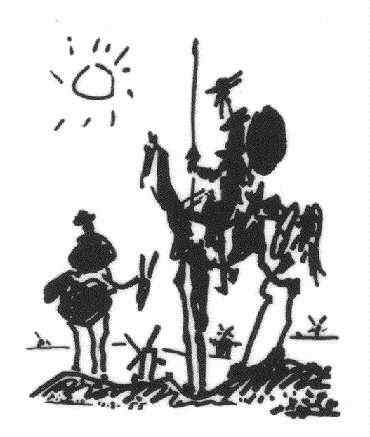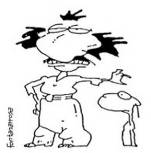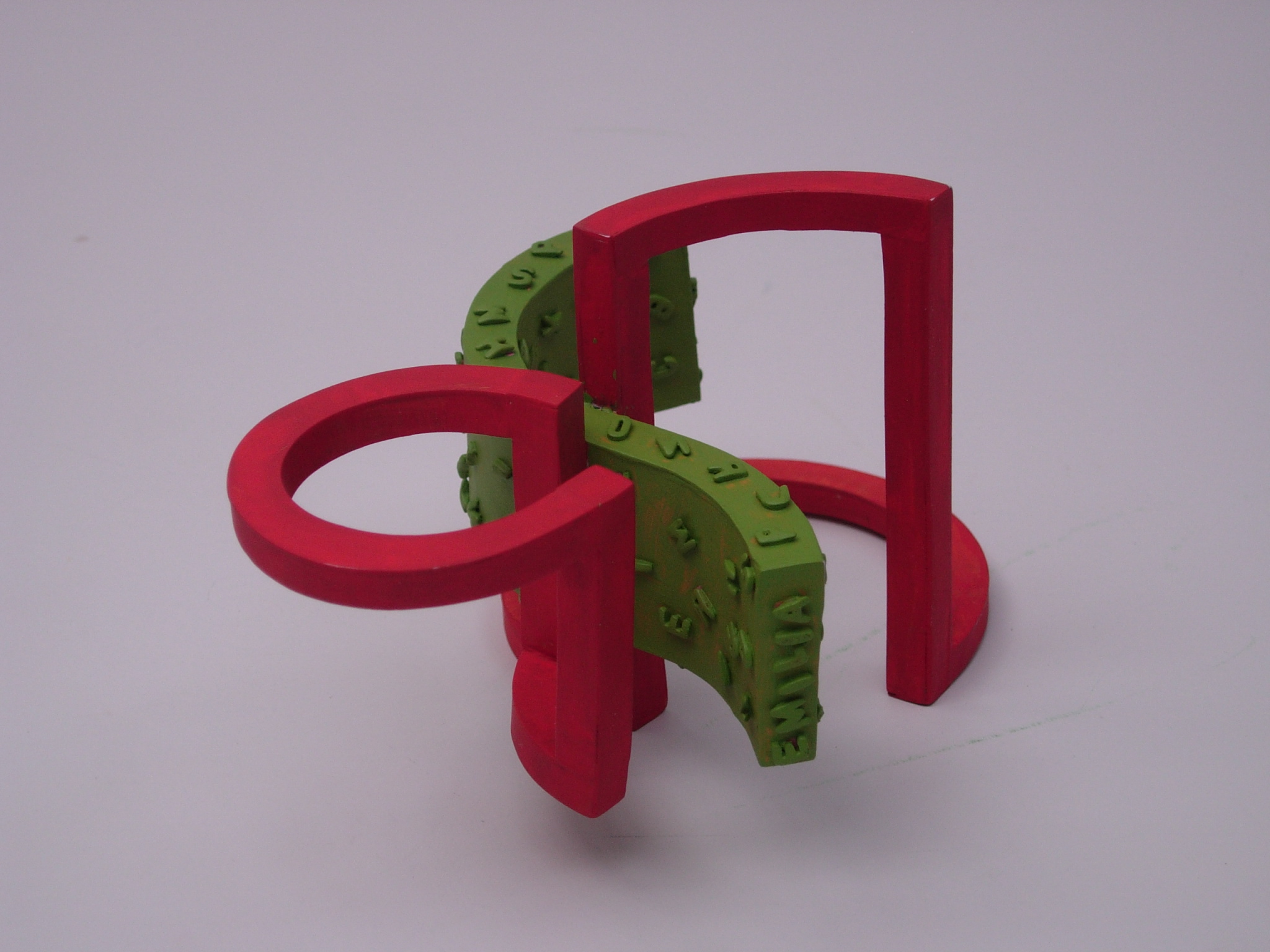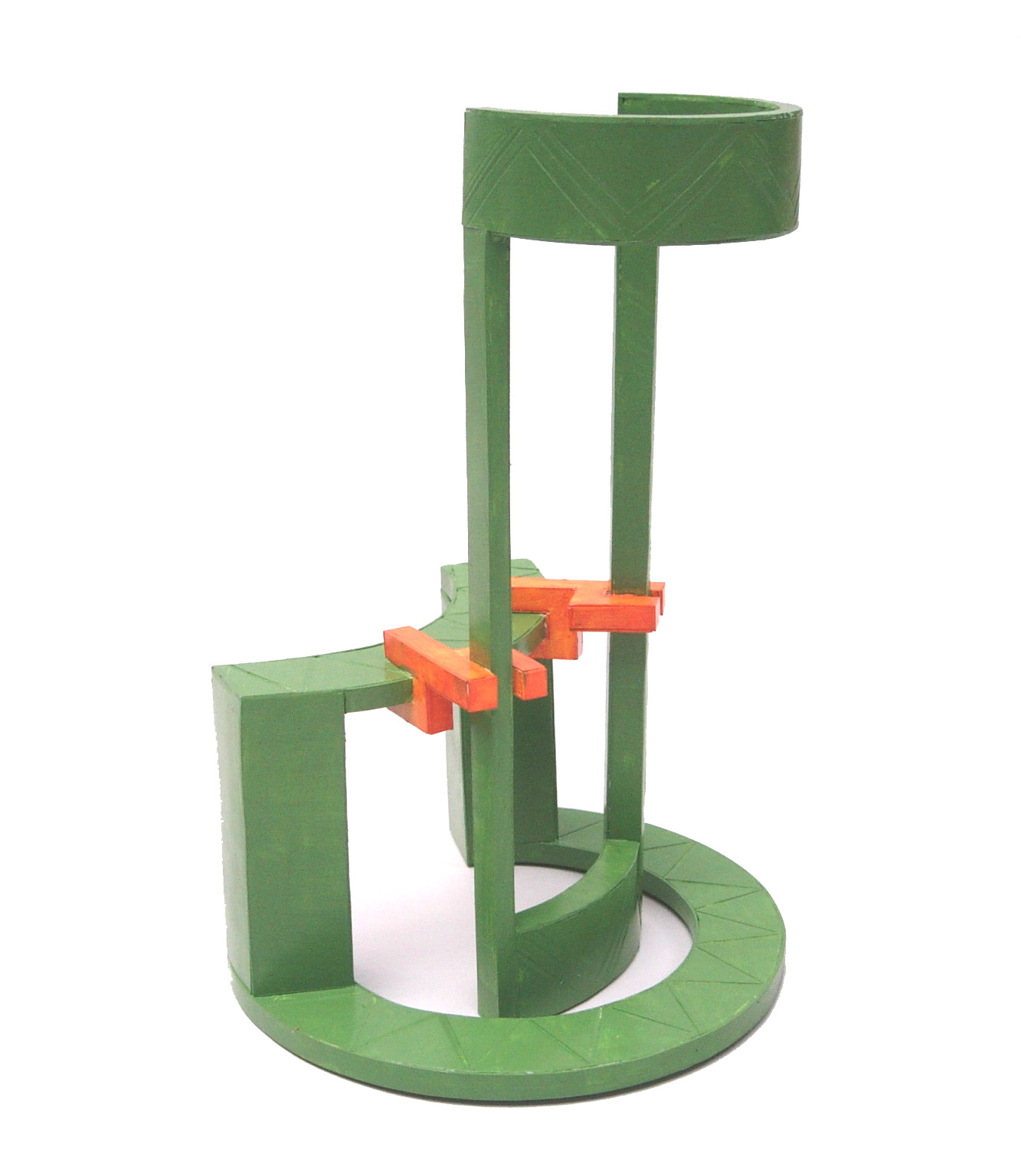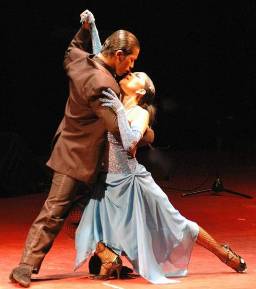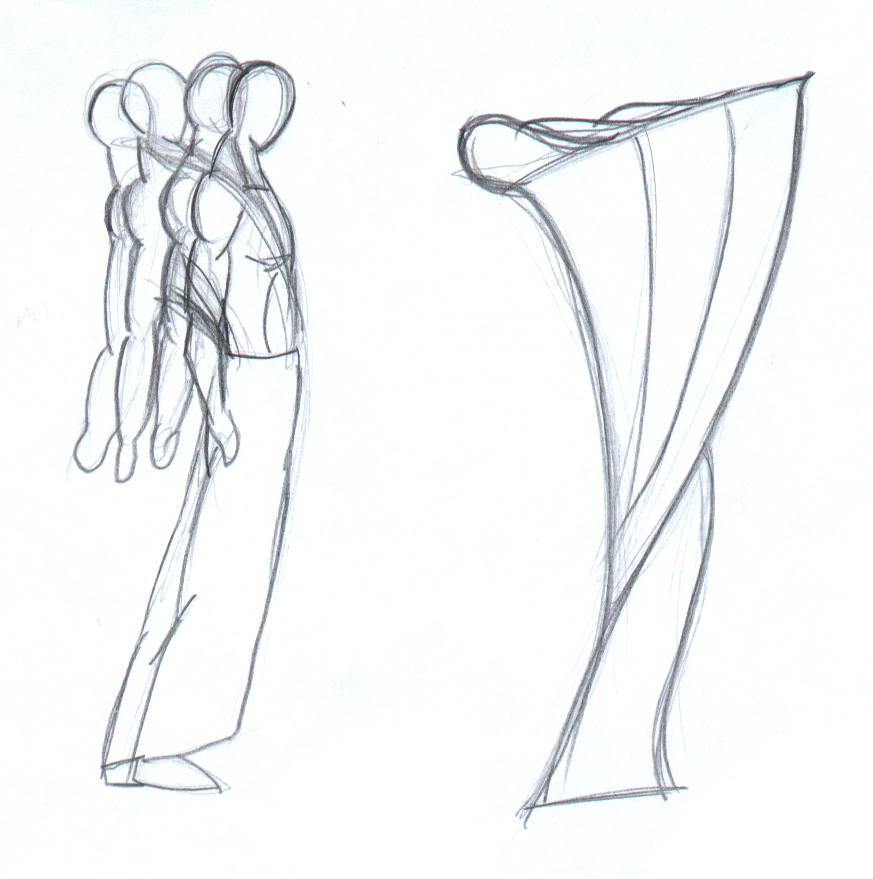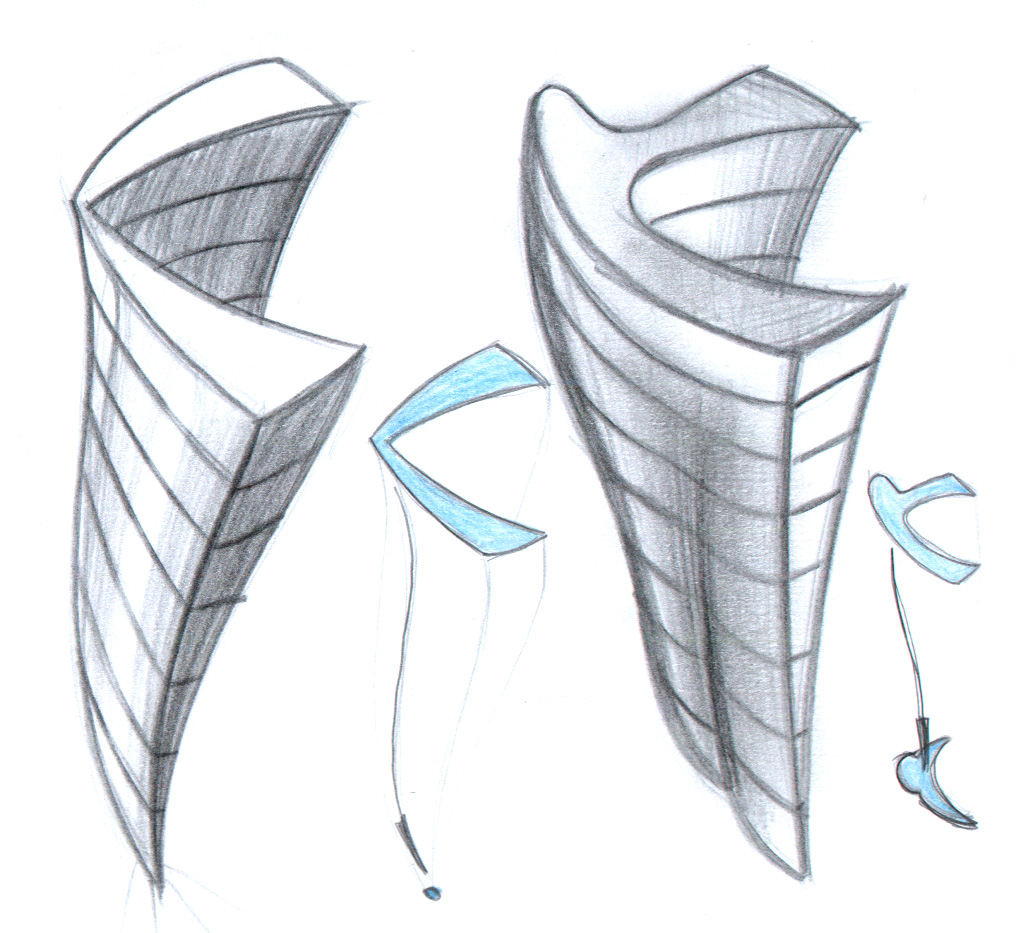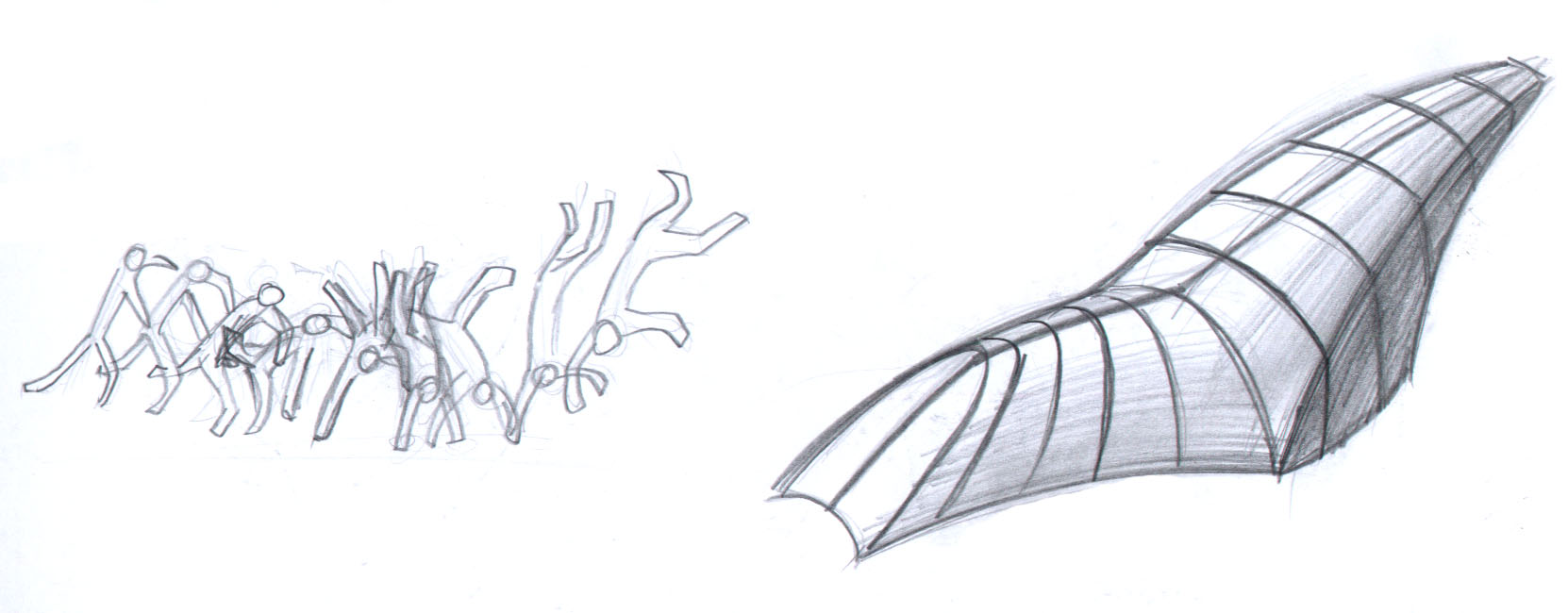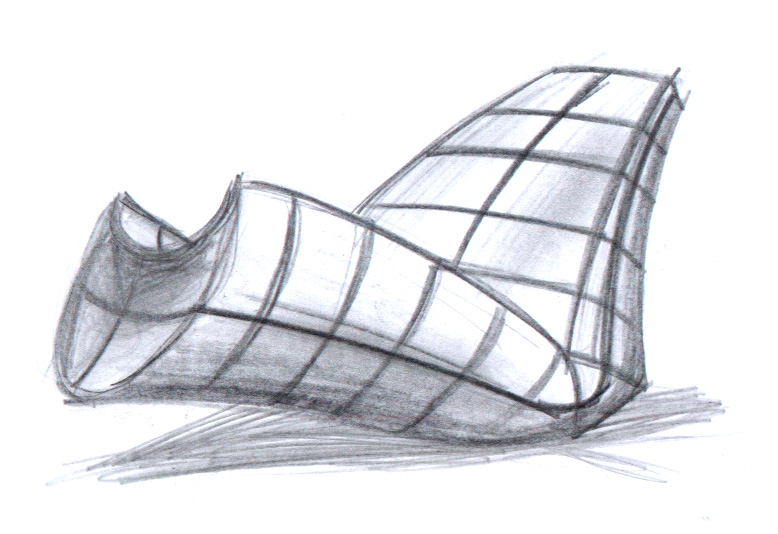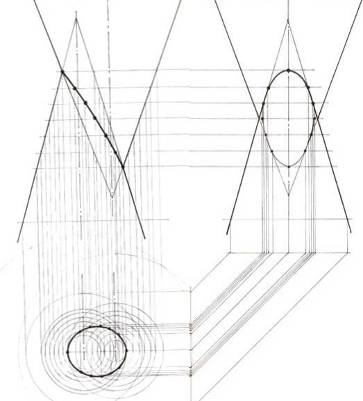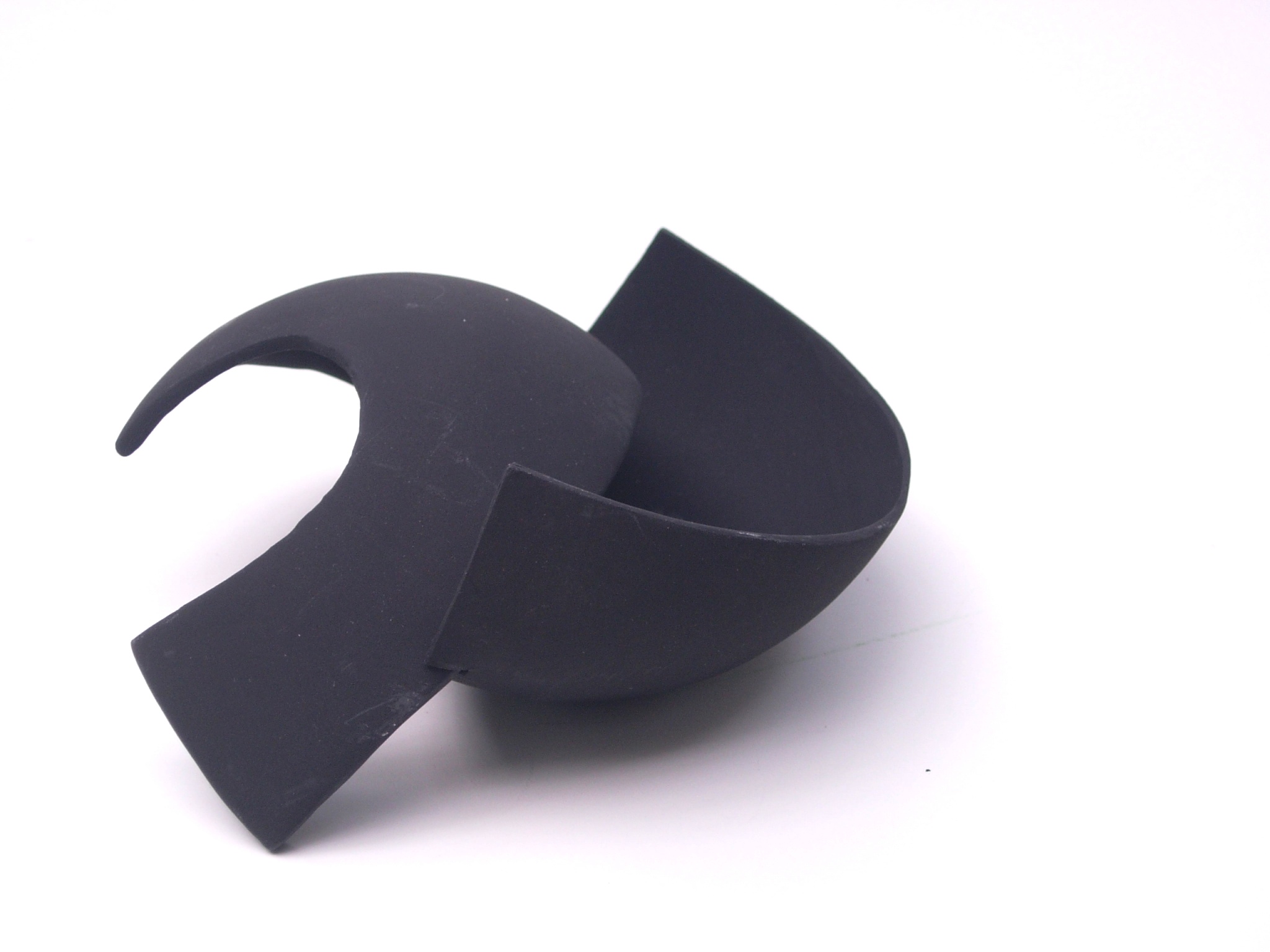|
PAS DE DEUX
Olguin Guillermo, Castellano Lucia, Andrade Elena, Abraham Moriana, y de la Fuente Federico This study presents some pedagogic experiences focused on the teaching of Industrial Design Morphology whose main aim is to train the student in the analysis and production of shapes. When the design of shape groups is started, there appears a degree of complexity derived from the idea of order, which can be seen from different angles. If the formal proposition is approached from the point of view of its significance, there needs to be a sound understanding of the cultural regulations affecting the shape, among which symmetry and its various alternatives can be counted. Thus, some proposals come into being. They have as a common backbone both the particularity of the associated forms and that of the space that emerges between them and their relations. The sense of duality, of complementing, of pairing is present in myriads of human manifestations. Form Rodin´s Kiss to the abstraction of Chillida´s sculpture, from some of the works of Calder to both Santa Marías in the Piazza del Popolo and the architectural designs of Niemeyer, many morphological expressions have exalted this sense. The transfer of Man´s body scheme to other areas sets rules for the formation of simple structures organized by culture as symmetry through reflection. Likewise, the addition of "the other" to "the self" brings about a more complex level of morphological resolution which does not necessarily come from the similarity of the individual identities - which could respond to the same organizing principles- but essentially from the "shape" of the space that holds and binds them together.
As an option to a prescriptive bilateral symmetry, there appear open regulations incorporating the notion of flexibility and dynamics which are then transmitted to the processes of determination of the morphological qualities of shape groups. These groups are determined by a sense of integration and balance which exercises control of the individual "forces of attraction" and is basically grounded on the sense of the complementary, defined by opposing semantic pairs. In the association of identities, the pair could be understood as complementing identities which generate a newer sense emerging from the peculiarities of each one rather than as two antagonistic poles of opposing signs, each denying the existence of the other. Polarity is born on a continuous spectrum where the factor at play gets into the same wavelength, soaring synergically, e.g., Don Quixote and Sancho, salt and pepper, El Zorro and Sergeant García, ups and downs.
Oriental philosophy symbolizes this notion through "yin" and "yang", a concept which sums up the duality of everything existing in the Universe. It describes two opposing yet complementary fundamental forces: the male-female principle, each harbouring in itself a part of the other; black and white closely bonded together, forming the unity of the circle: Don Quixote and Sancho Panza, gin and tonic, Beatrice and Dante, caviar and champagne. We can also associate this idea with Umberto Ecco´s reference to semantic axes as couples of semantic opposites that structure the sense in communication. The sense of the whole built on the basis of different individualities. Industrial Design Morphology proposes, in the syllabuses of its three planned levels, different practical activities in which the senses of the dual and of the complementary permit research work into morphological alternatives. In Morphology I, an exercise of abstract shape groups without operative function is developed. In such exercise, roles different from the constituent elements are recognized and in this way, an elementary concept of the system is transferred to the idea of components and linking elements. This practice is based on the discovery of the senses of symmetry operations and their application. Therefore, the manifestation of the senses of opposition and complementing refers us to reflection while those of endlessness and of the cycle take us to complete a whole round turn.
It is considered fundamental in this level to take action starting with the idea of "open legality" that rises from the opposing synthesis proposed by symmetry operations, thus preventing them from being used as prescriptive rules. In such way, the notions of harmony, balance and stillness suggested by an organization based on the symmetry of reflection is shaken by a counterforce that stimulates and stresses its meaning. The student is acquainted with the normative level of symmetry and is intended to go back to its significant level, to that level which Man observed and made into rules. Morphology II leads to learning more complex forms, no longer based on triortogonality but on the world of spatial surfaces, frequent shapes in design which respond to particular generative systems. In this level, the students do not work on the basis of shapes given to them but they themselves have to originate them. The starting point for the proposal of shapes does not lie in Geometry, in the rules of the systems of generation of spatial surfaces. They begin from what is significant to find the corresponding geometric rules from that point on. The general aims of the workshop in which duality is dealt with are directed towards acquiring knowledge and understanding of the generative systems of spatial surfaces. These types of shapes are open figures, liable to being transformed and proposed from varied sources of inspiration. This fact allows us to understand the language of "organic or natural" shapes and take such language to establish the rules necessary to the role of the designer, working with the abstract structure and with reading as shape controllers and, at the same time, as tools for the suggestion of further alternatives. The objectives that permit the development of the ideas above-mentioned, determine the union as one whole of "the other" and "the self". Stimulating elements are introduced so that the student can experience an emotional connection with a theme that helps him to discover the sensuousness of the organic shapes, their relations and their movements. The suggested topics are ballet, "capoeira" and tango. These cultural expressions stir a diversity of emotions shown in a great variety of coordinated movements that will have to be, in turn, re signified by the students.
In every case, the idea of semantic opposition which implies movements, gestures and silhouettes that emphasize particular features associated in only one global sense is remarked as fundamental. Between the dance partners a dialectic game is born. This is not only the addition of their individual movements but also the creation of something new. So the principle of unity in diversity dramatizes the meaning through opposing expressions. The possibility of expressing what is concave and what is convex, the straight and the curve, the open and the close by means of a shape emerges like a metaphor from a shift of sense from one field to another. Symmetry in music and above all in dancing constitutes a very special case. The concept of rhythm is linked to the repetition of certain movements with all their variations and subtleties. We find in music different distributions of notes generated by shifts, by bilateral symmetry or by half turns. This order suggests, in turn, lawfulness to the movements of a dance. In most expressions related to dancing we find strong components of symmetry both in the choreography and in the dancers´ steps. What is interesting about this subject is that symmetry is more obviously present in the relations and in the abstract structure of the composition than in the equivalent attributes of the participants. This game between the concrete and the abstract, between the visible and the unseen is transferred to formal expressions developed by a student pair as team work.
The sensuousness of movement and of organic shapes ruled by laws of complex rationality is perceived through expressive drawing. This graphic search, to be found between the representation and the subjective interpretation, implies deciphering the model by recognizing multiple significant configurations. The challenge for the students is to set out from the interaction of their own subjectivity and the inspiring element -expressed in many readings- towards a formal proposition coherent with a process of design that leaves aside the rules in order to adopt what is more significant.. The choices raised in the stage come up from giving new senses to the gestures, movements, silhouettes or formal expressions typical of the different dances.
The requirements pertinent to the practice of Industrial Design establish (apart from imagining the shape) the need for accurate regulations once the generative systems have been defined as well as their transfer to technical representations. In Morphology III, the highest level of Morphology studies, another sort of practical work is carried out. The sense of duality is present here as well but in a different fashion. In one of them, students work on intersections among spatial surfaces. Such surfaces are always more than two but since operations of subtraction are used, some surfaces look like traces and the resulting shape often connects itself to the sense of "the pair".Another topic dealt with in third year is the language of production processes. This study is directed to the recognition of the morphological and expressive opportunities offered by the various materials and productive processes. The proposals are abstract morphological objects. They have to show clearly, apart from the materials and processes used, certain functional features, i.e., those that permit the recognition in the object itself of some parts that prompt actions such as holding, containing, diffusing and so on. The last work of third level is the design of a cohort of objects of high connotative value in which the level of justification of the shape derives from the identity of several cultural institutions of the city of Córdoba. The main function of the cohort of objects is their localization; the chosen institutions are situated in dissimilar urban areas, a fact which forces students to consider scale, legibility and position. The proposals are quite varied since there are no previous morphological conditionings. On the contrary, these arise as justification of the ideas suggested by the students themselves.
We are interested in achieving a high level of critical reflection about the diverse morphological rules that culture imposes on the material world. Many of these rules originate in the observation of the natural world and from an attempt to disclose patterns of organization in the shapes present in nature. In that gigantic instant, I have seen millions of delightful or atrocious acts; none of them amazed me more than the fact that all of them occupied the same spot, without overlapping and without transparency. What my eyes saw was simultaneous…… Jorge Luis Borges, El Aleph
|
